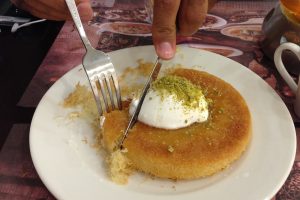Since time immemorial, two types of Singaporeans have never gotten along: those who can handle (and LOVE) spicy food, and those who lead sad lives.
The former consider spicy food a reflex rather than a choice; food has no taste unless it’s spicy, and everything needs to be eaten with chilli.
In Chinese restaurants, their first request is for chilli oil or cut chilli. They douse their nasi padang in sambal belacan, and add copious amounts of chilli flakes and/or Tabasco to their pizza, all while judging their peers whose taste buds are set aflame from a mere whiff of chilli powder.
But rather than gradually build up their spice tolerance in the same way you might ‘train’ yourself to hold your liquor better, non-spice eaters remain perfectly content opting for the basic version of dishes, completely missing the meaning of life.
Ultimately, non-spice eaters are judged because of a cultural perception that true blue Singaporeans should be able to handle spice. This often manifests in condescension masked by casual ribbing, or subtle but pointed barbs that can make a non-spice eater feel like having no/low spice tolerance is a moral failing. (Just to be clear: it is.)
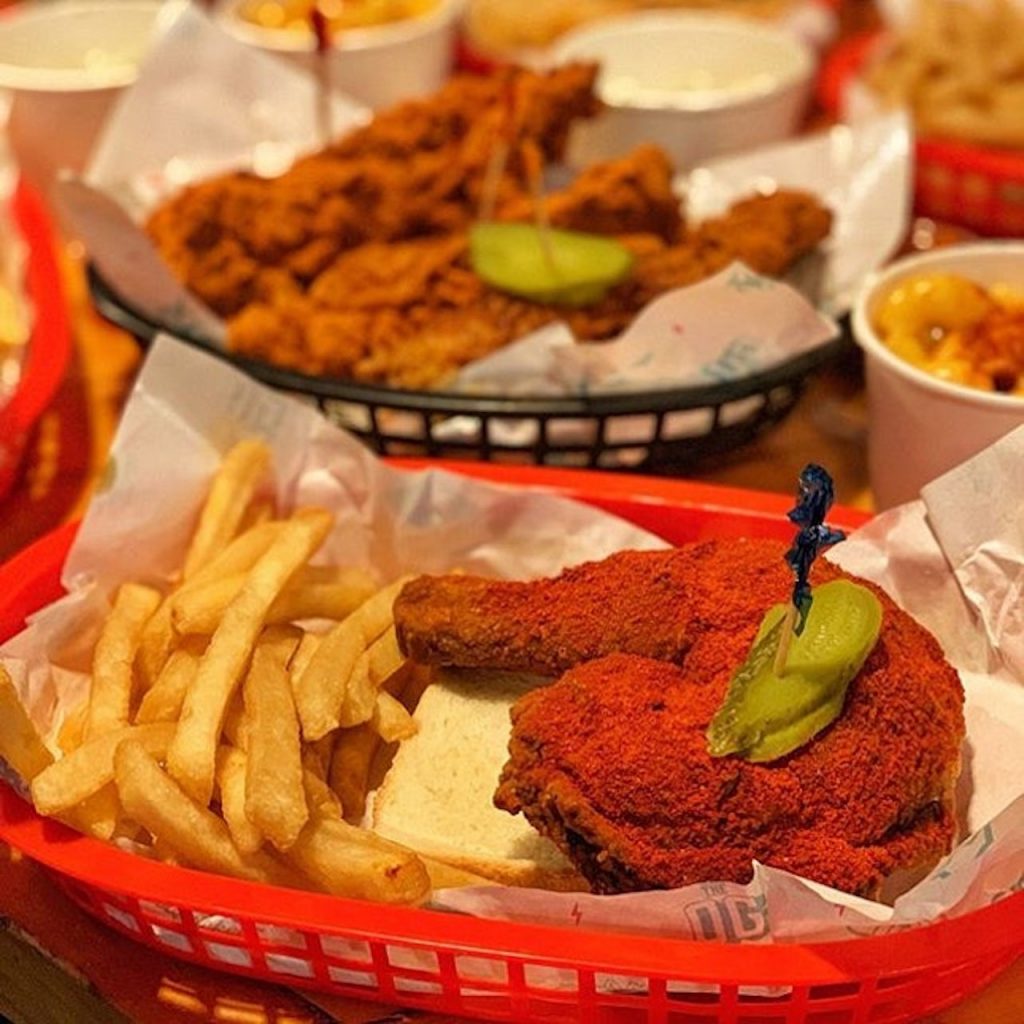
“I would order it while having supper with friends, and it never occurred to me how lame this was until I was called out for it one day. A friend commented, ‘Eh why you always order kway teow goreng white? Who eats kway teow goreng white??’” he laughs.
“It was confusing, not least because I never actually specifically asked for it to be white. I would just say, ‘No chilli’, the server would respond, ‘White?’, and I would just nod.”
The iconic “kway teow goreng white” episode was the wake-up call after years of living in blissful ignorance. He realised his inability to handle spicy food was often judged harshly, especially in situations where one has to have chilli with something, or if spice is central to appreciating a dish.
For instance, he once got the stink eye from a colleague at his previous workplace when he asked them to da bao nasi goreng without chilli. He recalls someone remarking, “Wah lao, why you Singaporean cannot take chilli one?”
Even hawkers themselves have made their displeasure known, albeit more passive-aggressively than his peers. Once, he ordered chilli ban mian and opted for ‘no chilli’ when asked how much chilli he wanted. The hawker “literally tsk-ed” in response.
“These incidents have happened enough times for me to realise that at the back of everyone’s minds, there is an ‘us versus them’ mentality surrounding those of us who can take spicy food and those of us who can’t,” he explains.
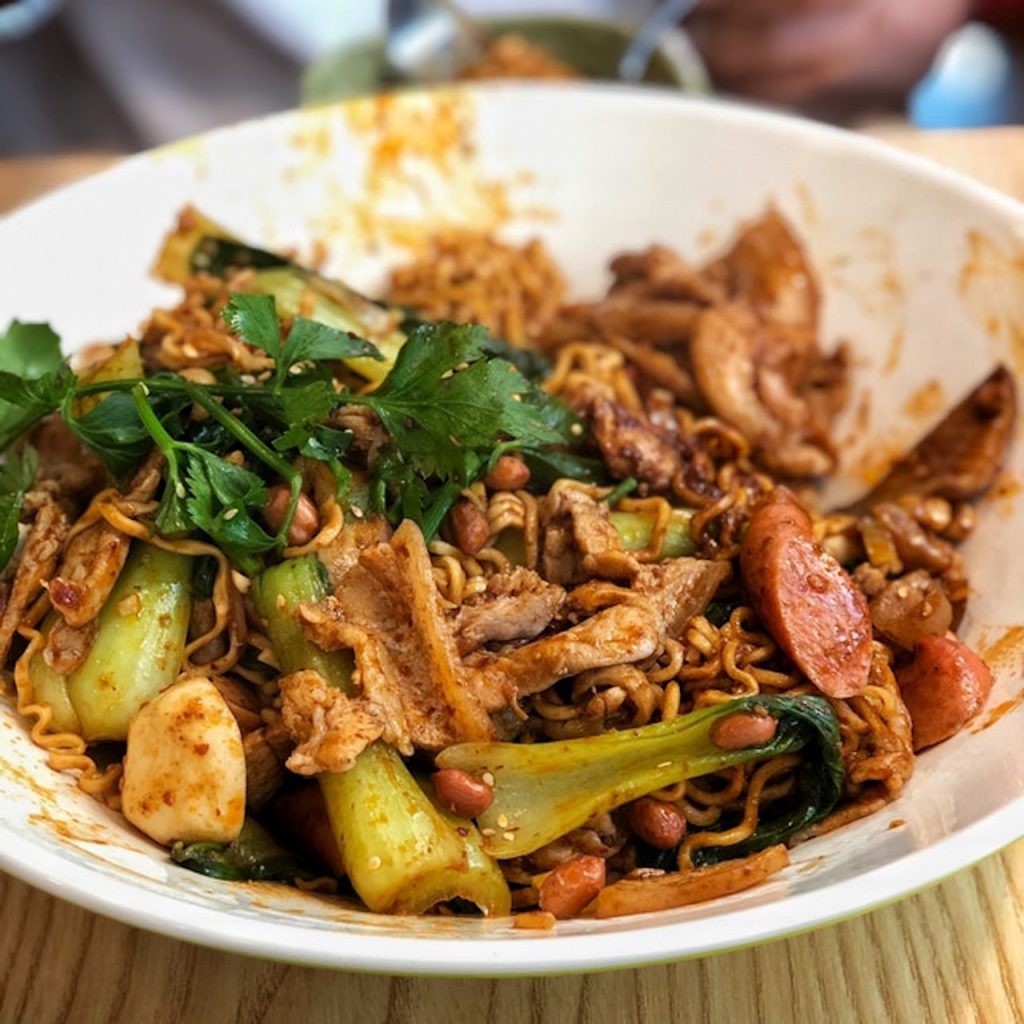
Instead of trying to develop an appreciation for spicy food, he found himself increasingly justifying his distaste for chilli or overly spicy food. Food, he would argue, should have taste—and taste shouldn’t hurt.
“What’s the point if all you feel is heat and nothing else? What’s wrong with you? Why do you need to take chilli with everything? Are you using your spice tolerance to mask the fact that, really, you lack the capacity for appreciating nuance in flavour?” he argues.
This defensiveness isn’t surprising. Spice-lovers like myself are used to the great divide across a dining table as we notice ‘our people’ pour out saucers full of chilli, while the rest avoid it like the sole piece of cucumber on a plate of chicken rice. Whenever this happens, an unspoken but palpable feeling of judgement passes between the two camps.
Because spice-lovers know the wonders of a whole new world that opens up with just a dab of chilli, the judgement associated with not eating spice is often more than about having differing palates.
To us, it points to a bigger character flaw. It’s about not being open-minded enough to embrace diversity. It’s about settling for ‘good enough’ or ‘lukewarm’ when there is a spectrum of ‘great’ and ‘red-hot’.
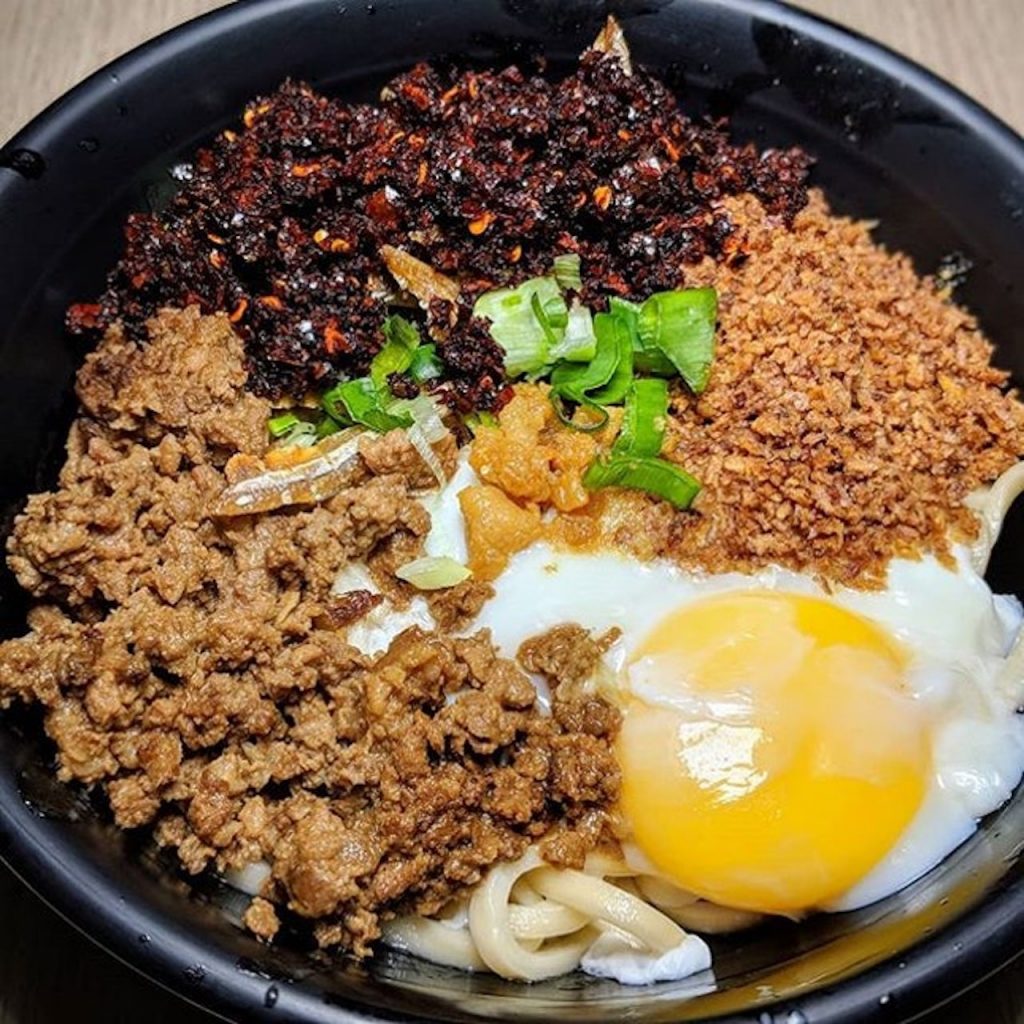
Specifically, his partner loves spicy food, which motivated him to more consciously consume spicy dishes (or just more chilli) so he could share more of the dishes that she liked.
As the saying goes, you can’t understand something until you’ve experienced it. For him, this life-changing experience happened over Big Bird’s chicken rice chilli. Even though the chicken rice place at Balmoral Plaza has since closed, he remembers genuinely enjoying that encounter with spice.
“My taste buds opened, and so did my eyes. It hurt, but within that pain was layers of flavour: garlic, ginger, god knows what else. Rather than bulldozing over the flavour of the chicken, the chilli elevated it,” he recalls.
“The first time I had it, I could only take drops of that chilli. Not joking. Just bits of it picked up by a corner of my spoon, and gingerly dabbed onto succulent pieces of chicken thigh.”
The more he had that chicken rice, the more chilli he added. The former non-spice eater couldn’t help himself.
And, as another saying goes, the rest is history.
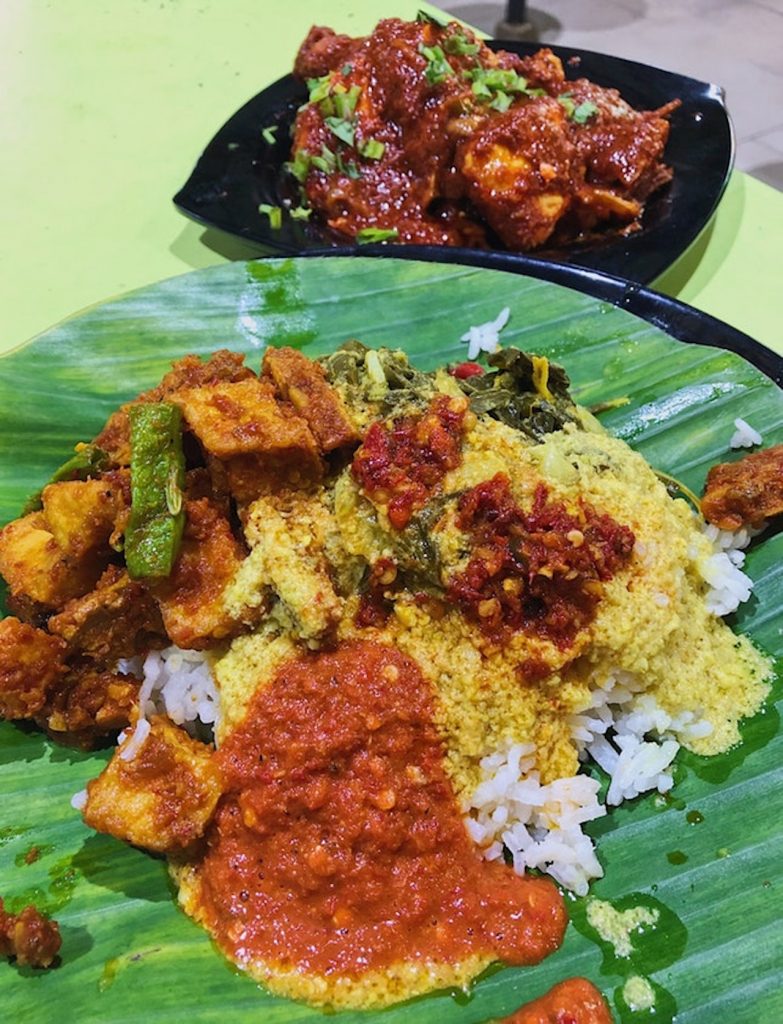
“How ignorant I was, clueless to the joys of a really good chicken rice chilli, a well-balanced belacan, or even the soul-searing suffering that is a given in any mala dish,” he says.
“I discovered that spice and heat are not just flavours; they’re portals into another dimension. I discovered the soul-cleansing qualities of tom yum soup, learnt to love the mix of spice and acidity in the chilli that usually accompanies braised meats, and began cooking with kimchi and gochujang. I was a convert.”
These days, Julian still doesn’t have an exceptionally high tolerance for spice, but he’s able to rattle off the things he has come to love like a seasoned spice-lover: chilli oil, lao gan ma, the combination of sourness and spiciness.
“Most of all, I love that in these moments of savouring spicy foods, eating feels like a genuine, all-encompassing experience. One in which I’m engaging not just my taste buds and my intellect, but in which my body responds in a way that makes me feel alive,” he adds.
With friends, he no longer has to request that they refrain from ordering certain things, which means many more dishes have become regular options rather than occasional occurrences. From mee goreng to sambal kangkong to laksa (extra chilli), being able to appreciate a wider range of dishes has made him feel less selective with how he engages his country and culture’s different cuisines.
But not every non-spice eater is as enlightened. Some remain in their own bubble because of biology; their bodies simply cannot take the heat despite multiple attempts. Others continue choosing the bland life out of sheer reluctance to venture out of their comfort zones.
Then there are a few, like Julian, who may realise that not eating spicy food—and worse, not even attempting to—is akin to renouncing their Singapore citizenship. After all, we are a country whose strength lies in our diversity of ethnicities and cultures, and a hallmark of the Singaporean identity is celebrating these differences, including each culture’s own variations of spicy food.
Being a spice-lover is about being accepting. Spice doesn’t discriminate: no matter the cuisine, nor whether we’re part of the 70% or 30%, a love for spice reduces us all to the same sniffly, snot-nosed, but delirious, gluttons.
And as it is, forming an instant connection with someone else who asks for more sambal with their nasi lemak, requests for extra chilli packets for McDelivery orders, or lugs their own bottle of chilli sauce whenever they travel to Western countries, will always be an inherently Singaporean experience.
Can you relate to Julian? Tell us about how your spice-loving friends have ostracised you at community@ricemedia.co. We will try to sympathise.



